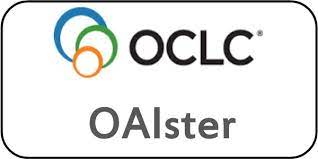Transobturator Tape for Female Stress Incontinence: Our Experience
Keywords:
Transobturator tape sling, stress urinary incontinence, complications, tension freeAbstract
Aim: The aim of this study was to evaluate the effectiveness of transobturator tape (TOT), patient satisfaction and morbidity
in the treatment of female stress urinary incontinence (SUI). Material and methods: Forty-eight patients from January 2013
to December 2016 with SUI underwent TOT procedure by outside-in technique. Data related to operative time, postoperative
complications and patient acceptance were assessed. Results: Mean age of the patients was 41.3 years and 46 (95.8%) were
multiparous. The operative time was 26 ± 4 minutes and catheter was removed on 1 ± 2 days postoperatively. Hospital stay
was 2 ± 3 days and return to normal activity was 4-7 days for 46 (95.8%) patients and 7-10 days for 2 (4.2%) patients. Of
the 48 patients, 45 (93.75%) were continent postoperatively while 3 (6.25%) patients had occasional urine leak that did not
influence daily activities. No major intra-/postoperative complication was reported. Quality of life improved significantly.
A total of 45 (93.75%) patients were completely cured and satisfied, whereas 3 (6.25%) patients improved and partially
satisfied with surgical outcome. Conclusion: The TOT sling procedure is an effective treatment for SUI with high success
rate, high satisfaction rate, low morbidity and short hospital stay.
Downloads
Published
Issue
Section
License
All open access articles published in IJCP are distributed under the terms of the CC BY-NC 4.0 license (Creative Commons Attribution-Non-Commercial 4.0 International Public License). This license permits unrestricted use, distribution, and reproduction of the articles in any medium for non-commercial purposes, provided that: The original authorship is properly and fully attributed. The IJCP is cited as the original place of publication with correct citation details. If an original work is reproduced or disseminated in part or as a derivative work, this must be clearly indicated. No articles are reproduced for commercial use without prior consent from the IJCP. All licensing requests and permissions for commercial use will be managed by the Publisher.










